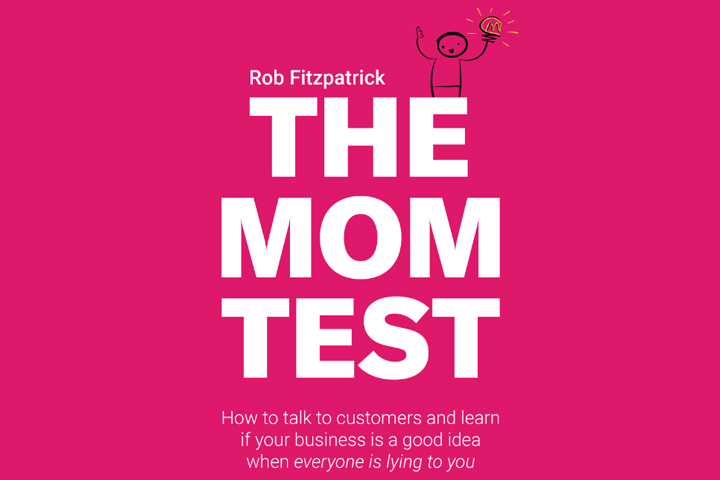
Designing Surveys for Honest Feedback: Insights from The Mom Test
Sept 16, 2024
Effective surveys are essential for gathering actionable feedback and refining your product. But how do you ensure that your surveys yield genuine insights rather than superficial responses? Drawing from Rob Fitzpatrick's The Mom Test, here's a guide to designing surveys that uncover valuable, honest feedback.
1. Precision in Questions
Why It Matters: Broad questions often lead to ambiguous answers, diluting the value of your feedback. Precision guides respondents to provide relevant and actionable insights.
How to Apply It: Formulate questions that focus on specific experiences. Instead of asking, “Do you find our tool useful?” inquire, “Can you describe a recent task where you used our tool? How did it impact your process?” This approach not only reveals the tool's utility but also its role in the user's workflow.
2. Neutral Questioning
Why It Matters: Leading questions can distort responses by implying a preferred answer, which skews the feedback.
How to Apply It: Craft neutral, unbiased questions. Rather than asking, “How much do you love our new feature?” use, “How frequently do you use the new feature, and what are your thoughts on it?” This avoids influencing responses and provides a clearer understanding of user sentiment.
3. Focus on Actual Behavior
Why It Matters: Respondents may offer answers they believe are expected rather than reflecting their true behavior.
How to Apply It: Ask about actual usage patterns. For example, “How many times did you use our feature in the past month?” This question provides concrete data on user engagement, offering actionable insights beyond general opinions.
4. Open-Ended Insights
Why It Matters: Open-ended questions elicit detailed responses, offering richer insights into user experiences and opinions.
How to Apply It: Incorporate open-ended questions where appropriate. For instance, “What challenges have you faced while using our product?” invites detailed feedback, highlighting areas for potential improvement.
5. Beyond Yes/No
Why It Matters: Yes/No questions can oversimplify responses and miss deeper insights crucial for understanding user needs.
How to Apply It: Use scale or multiple-choice questions to capture a spectrum of opinions. For example, “On a scale of 1 to 5, how satisfied are you with our product?” allows you to gauge the intensity of user feelings. You may also consider using the Likert scale to help measure user sentiment.
6. Validate Assumptions
Why It Matters: Assumptions can lead to misguided conclusions. Validating these assumptions ensures your feedback is grounded in reality.
How to Apply It: Pose questions that test your assumptions. For example, “What features would you like to see improved in our product?” helps uncover potential areas for enhancement that you might not have considered.
7. Foster Honest Feedback
Why It Matters: Respondents are more likely to provide honest feedback when they feel comfortable and unpressured.
How to Apply It: Design surveys to encourage candid responses. Ensuring anonymity and framing questions to show genuine interest in constructive criticism can help achieve this. Additionally, it's crucial to reach beyond your immediate circle for feedback. While friends and close contacts might be hesitant to provide blunt criticism, broader communities will offer more objective responses. Look for forums, social media groups, or online communities where your target users are known to engage. By posting your survey in these spaces, you can gather insights from a more diverse and unbiased group, ensuring you get feedback that truly represents your audience.
Example Survey Questions
- Specific: “Can you describe how you used our product to address a specific issue last week?”
- Neutral: “What improvements do you think could be made to our product?”
- Behavioral: “How often did you engage with our product's new feature over the past month, and what was your experience?”
By integrating these strategies inspired by The Mom Test, you can craft surveys that deliver meaningful, actionable feedback. At SurveyNoodle, we make this process straightforward by allowing you to incorporate these tactics directly into your surveys. Our AI-driven tools not only help you design precise, unbiased questions but also guide you through creating questions that focus on actual behavior and open-ended insights.
You can easily add instructions to your survey creation prompts to ensure questions are specific, neutral, and designed to validate assumptions. This way, SurveyNoodle empowers you to gather the insights you need efficiently, making informed decisions and driving product excellence with ease. You can try creating your survey questions with our free survey question generator tool.

